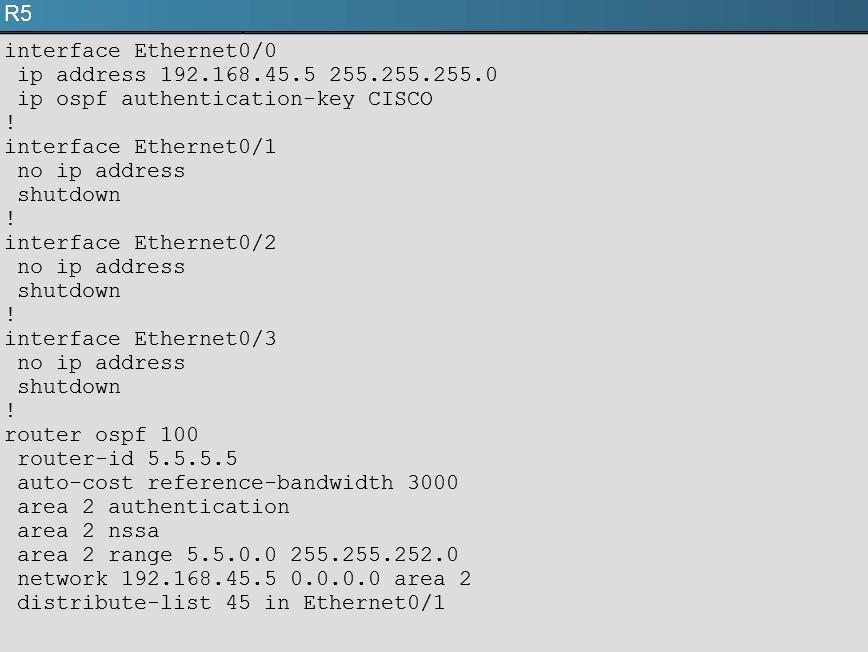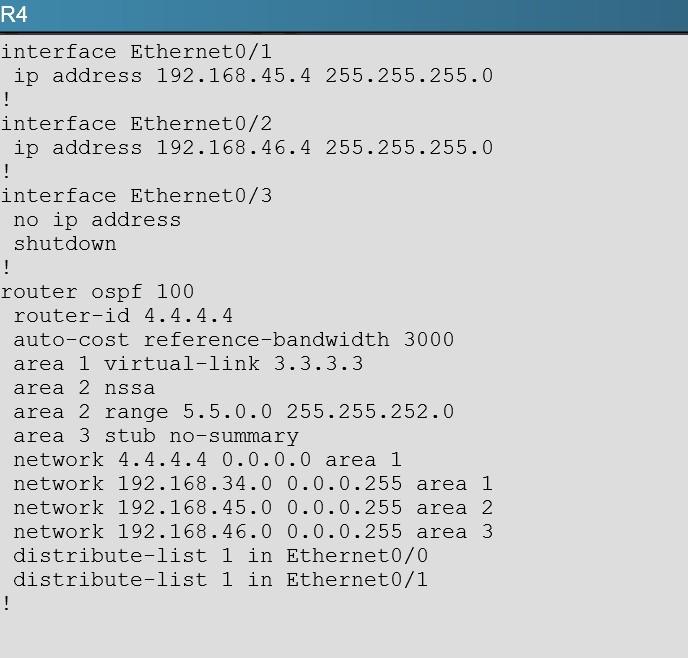Scenario:
A customer network engineer has edited their OSPF network configuration and now your customer is experiencing network issues. They have contacted you to resolve the issues and return the network to full functionality.
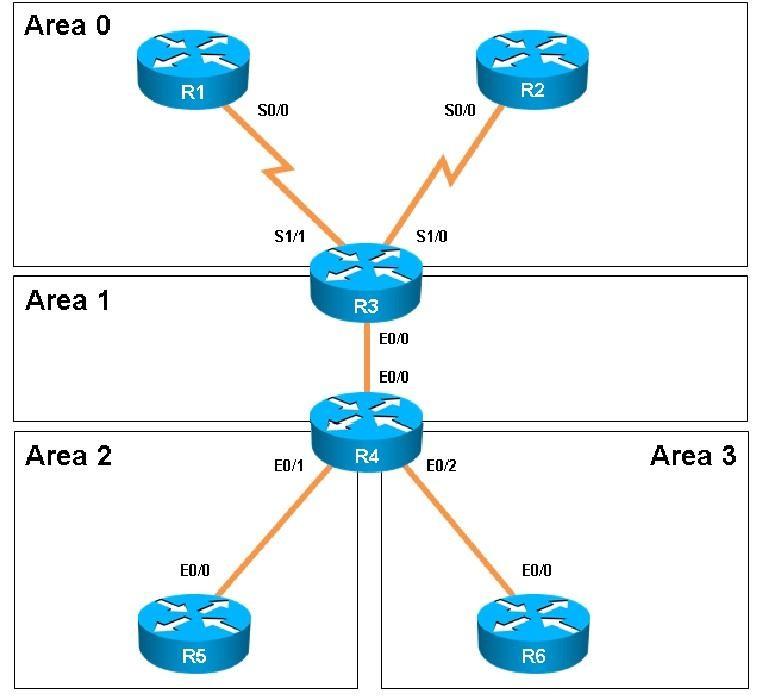
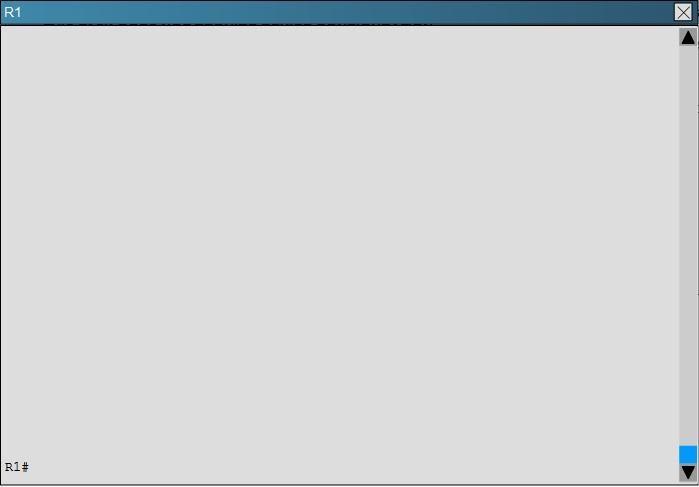
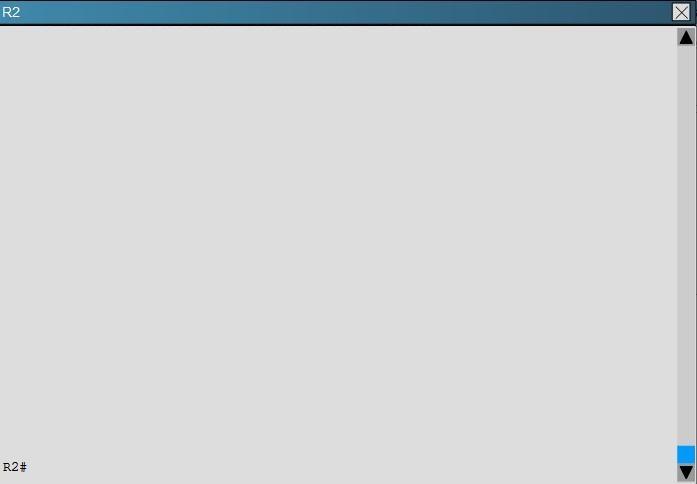
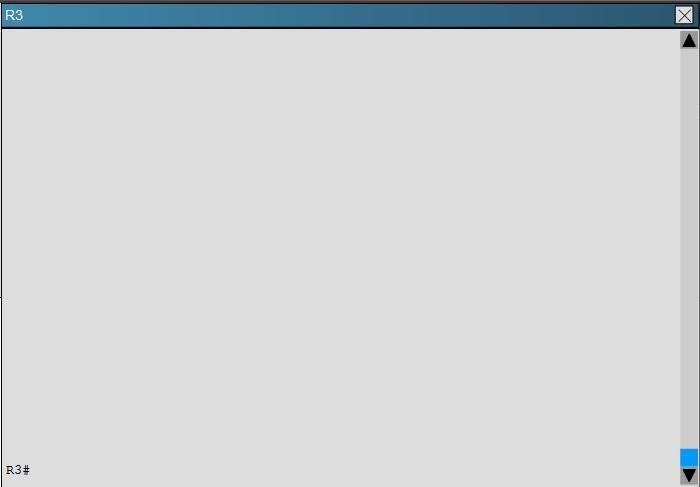
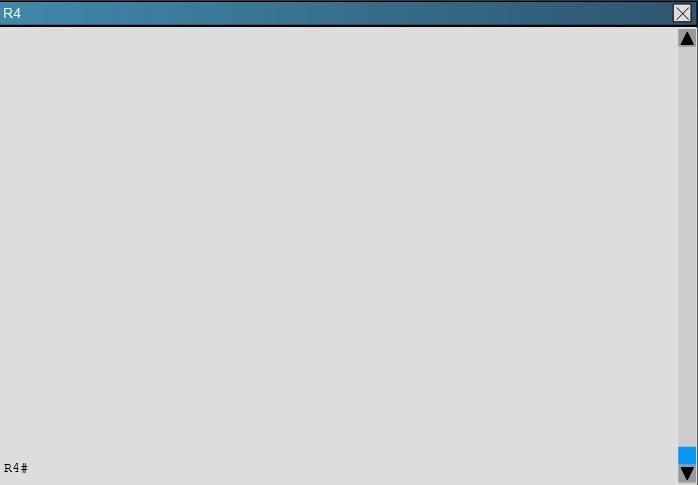
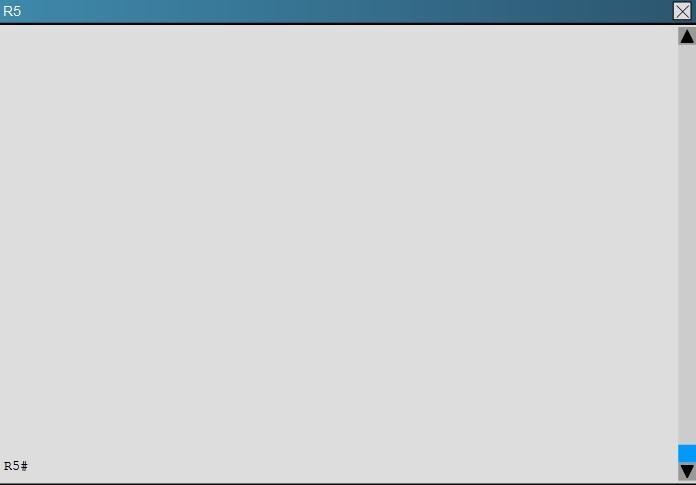
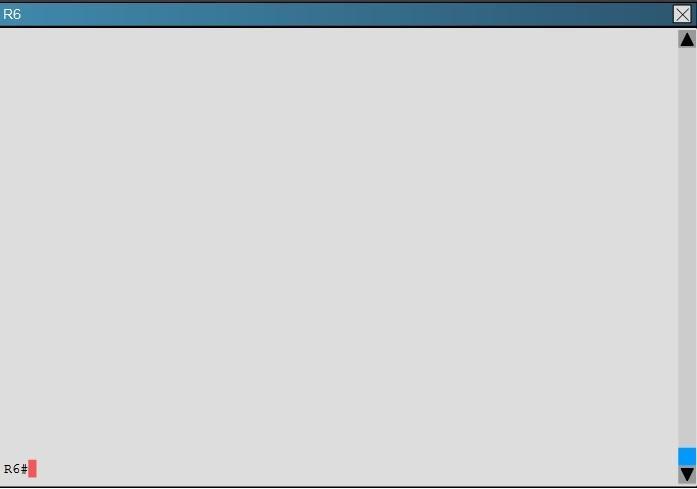
After resolving the issues between R3 and R4. Area 2 is still experiencing routing issues. Based on the current router configurations, what needs to be resolved for routes to the networks behind R5 to be seen in the company intranet?
A. Configure R4 and R5 to use MD5 authentication on the Ethernet interfaces that connect to the common subnet.
B. Configure Area 1 in both R4 and R5 to use MD5 authentication.
C. Add ipospf authentication-key 7 BEST to the R4 Ethernet interface that connects to R5 and ipospf authentication-key 7 BEST to R5 Ethernet interface that connects to R4.
D. Add ipospf authentication-key CISCO to R4 Ethernet 0/1 and add area 2 authentication to the R4 OSPF routing process.

